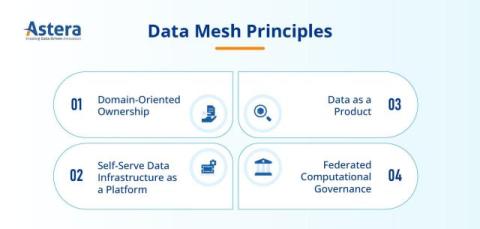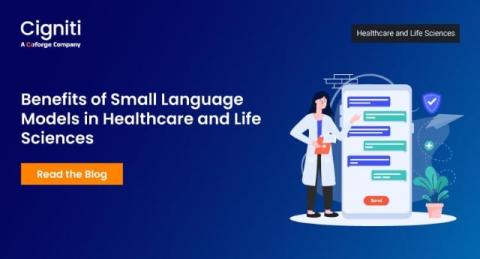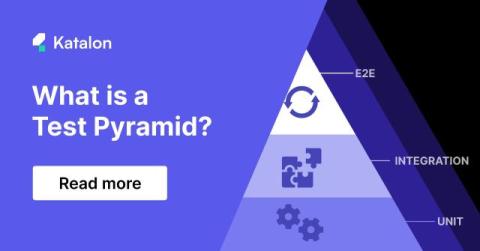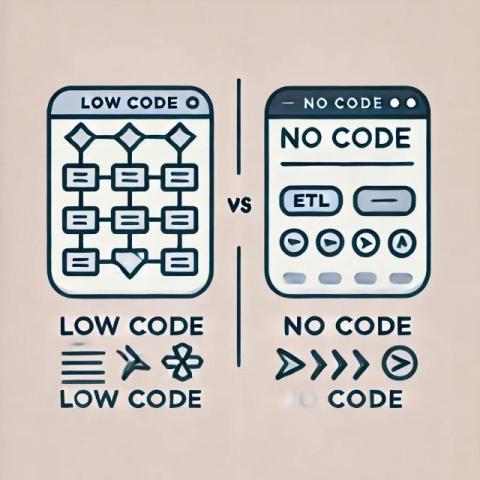Data Mesh Defined: Principles, Architecture, and Benefits
Organizations today are accumulating data more than ever. Traditional data management approaches, such as centralized data warehouses and siloed data marts, are struggling to keep pace with the ever-increasing volume, velocity, and variety of information. The complexity of modern data environments is outpacing the capabilities of these legacy systems and demands a more agile and distributed solution.











